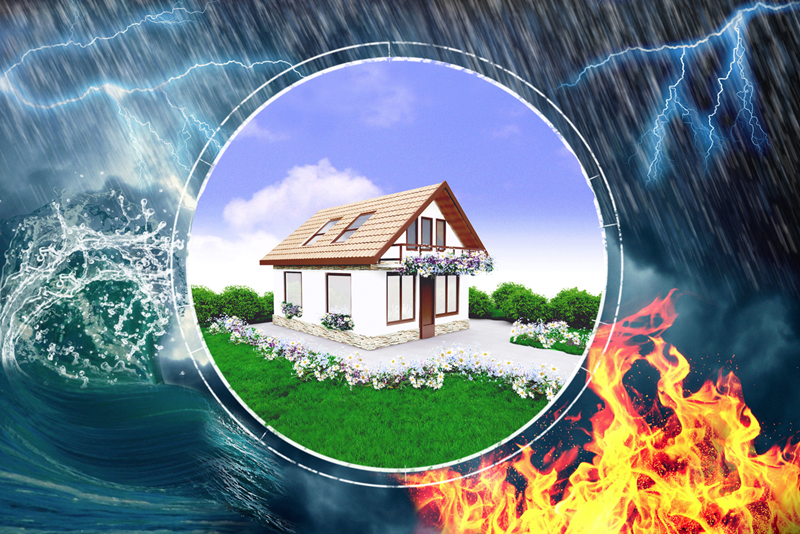Unveiling the Unseen: 13 Common Risks Not Covered by Most Homeowners Insurance
Homeowners insurance is a crucial investment for protecting your most valuable asset – your home. It provides a safety net against a range of unforeseen events, including fire, theft, and natural disasters. However, not all risks are created equal, and there are several potential pitfalls that many homeowners might not be aware of. In this blog, we’ll shed light on 13 common risks that are often not covered by most standard homeowners insurance policies, emphasizing the importance of understanding your policy’s limitations.
1. Flood Damage:
Standard homeowners insurance typically does not cover damage caused by flooding. This includes damage from heavy rain, river overflow, and tidal surges. If you live in an area prone to flooding, you may need to purchase a separate flood insurance policy through the National Flood Insurance Program (NFIP) or a private insurer.
2. Earthquakes:
Earthquakes can cause significant damage to your home, but most homeowners insurance policies exclude coverage for earthquake-related losses. If you live in an earthquake-prone region, you might need to consider purchasing a separate earthquake insurance policy.
3. Sinkholes:
Sinkholes, which can lead to devastating structural damage, are generally not covered by standard homeowners insurance. Coverage for sinkholes might be available as an endorsement or a separate policy, depending on your location.
4. Sewer Backups:
Damage caused by sewer backups or sump pump failures is often not included in standard policies. Adding a sewer backup endorsement to your policy can provide coverage for such events.
5. Termite Infestations:
Termites can silently cause extensive damage to your home, but their eradication and resulting repairs are usually not covered by homeowners insurance. Routine maintenance and pest control are essential to prevent infestations.
6. Mold and Mildew:
While some policies cover limited mold damage resulting from a covered peril, long-term mold issues or those caused by maintenance negligence might not be covered. Regular upkeep and moisture management are key to preventing mold growth.
7. Acts of Terrorism:
Acts of terrorism or war-related damages are generally excluded from homeowners insurance policies. In some cases, terrorism coverage can be obtained through a separate policy or government programs.
8. Home Business Liabilities:
If you operate a business from your home, liabilities arising from your business activities might not be covered under your homeowners policy. A business insurance policy is typically needed to address these risks.
9. Trampoline or Swimming Pool Accidents:
Certain high-risk items like trampolines or swimming pools might not be covered for accidents that occur on your property. Additional liability coverage or safety measures may be required.
10. Wear and Tear:
Standard homeowners insurance is designed to cover sudden and accidental damage, not normal wear and tear or maintenance issues. Regular upkeep is crucial to prevent gradual deterioration.
11. Valuable Collectibles:
While homeowners insurance covers personal belongings, high-value collectibles like art, jewelry, or rare antiques might require separate coverage or a special endorsement due to their higher worth.
12. Nuclear Accidents:
Damage resulting from nuclear accidents or radiation-related incidents is usually excluded from homeowners insurance. Specialized policies might be available for properties near nuclear facilities.
13. Intentional Acts:
Any intentional damage you cause to your property is unlikely to be covered by homeowners insurance. Purposeful actions leading to property damage are generally excluded from coverage.
While homeowners insurance is an essential shield against various risks, it’s vital to recognize its limitations. Understanding the exclusions and potential gaps in coverage can help you make informed decisions about your insurance needs. To safeguard your home fully, consider your location, lifestyle, and specific risks you might face, and explore additional coverage options or policies that can provide the protection you require. Regular maintenance, proactive risk management, and staying informed about your insurance policy are key steps in ensuring the long-term safety and security of your home.
If you need to review your coverage or would like to have a conversation with one of our agents about homeowners insurance, contact KVIS & Coe today. 610-459-4444
Comments are closed.



